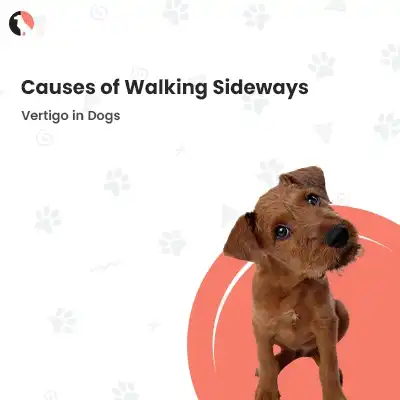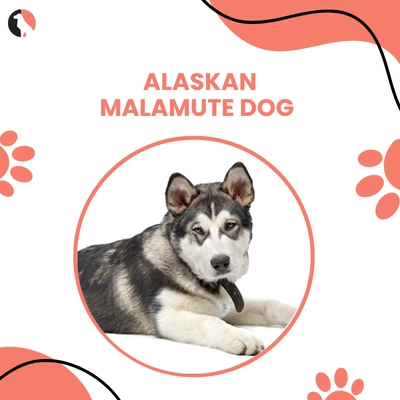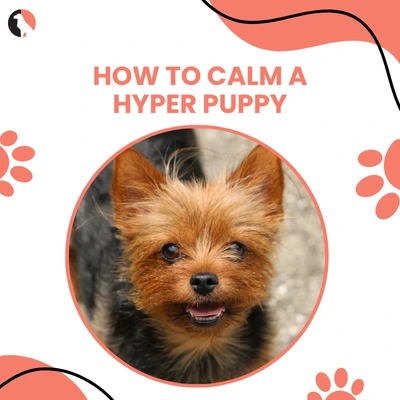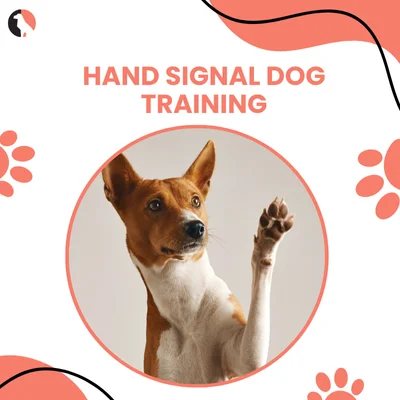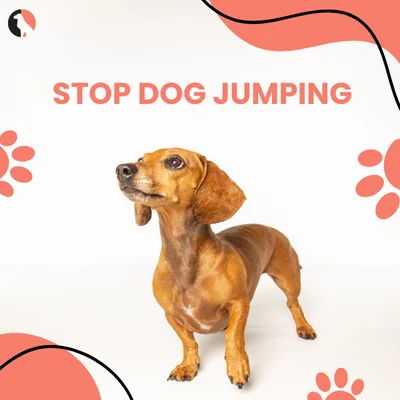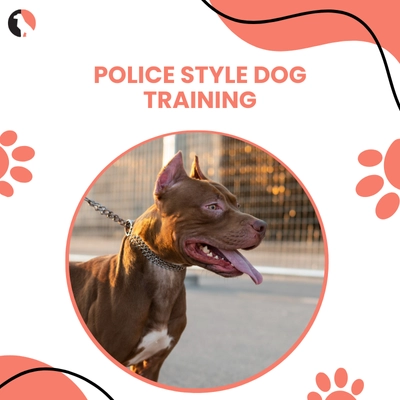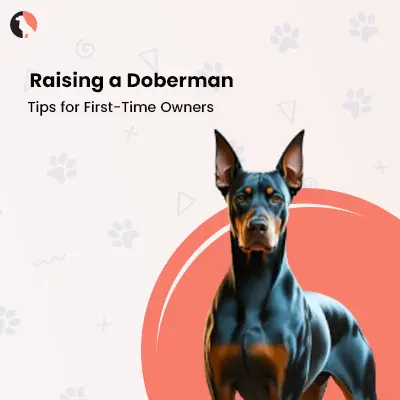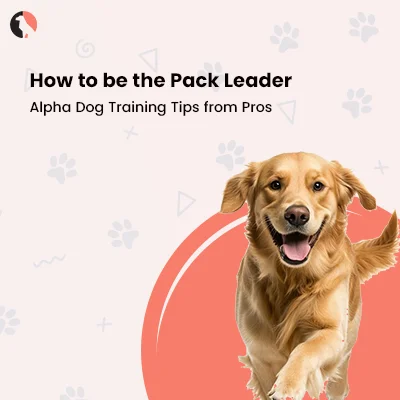If you’ve ever found yourself deep in a midnight Google search about how to stop your dog from turning every sock into a chew toy, then you already know this truth: there are endless resources out there, but few that really stick. Books on dog training offer a grounded, long-term foundation, and while a book about dog behavior can’t replace real-life sessions with a skilled trainer, it can absolutely make your life easier. It becomes your backup. Your pocket coach. Your silent cheerleader whispering, “You got this.”
So no matter if you’re raising a feisty little pup, calming a high-strung rescue, or training a focused working breed, the best books on dog behavior can teach you everything from body language to clicker training to redirecting prey-drive in squirrels-and-sprint mode.
Below are 11 dog training books Amazon users rave about, packed with advice that ranges from the deeply scientific to the joyfully hands-on. Many of these have that unmistakable book with dog on cover charm, but what they hold inside is what counts.
1. “Don’t Shoot the Dog” by Karen Pryor
Let’s start with the heavyweight. If you’ve searched for karen pryor books, this one shows up first, and for good reason.
Karen Pryor, a pioneer in the field of positive reinforcement, doesn’t just focus on dogs. She explains how behavior works in all species. But dog owners? You’ll see your pup in every example. From stopping annoying barking to shaping complex tricks with just a clicker, this one’s about behavioral science that actually makes sense.
- Originally published: 1984
- Best for: Understanding why dogs do what they do
“It’s not just about dogs. It’s about teaching anything to anyone, without yelling, punishing, or panicking.”
Visit: What Fruits Can Dogs Eat? Safe and Healthy Choices Explained
2. “The Genius of Dogs” by Brian Hare & Vanessa Woods
This one blends storytelling with neuroscience, and it does it well. Brian Hare’s research flips the “dogs aren’t smart” myth on its head in this book.
This book about dog intelligence explores how dogs read our emotions, solve problems, and often outsmart us; it’s for curious minds, dog owners who ask not just what their dog does, but how and why.
- Originally published: 2013
- Best for: Those fascinated by dog cognition
According to Hare, dogs have evolved to cooperate with humans better than even chimps do. That’s not just sweet, it’s genius.
3. “Control Unleashed” by Leslie McDevitt
Ever tried getting your dog’s attention and felt like screaming into a void? Yeah, this book dog training tool is for that.
Leslie McDevitt’s framework is built for dogs that are overly reactive, anxious, or hyper-vigilant. With step-by-step training games and impulse control work, she helps you turn chaos into calm.
- Originally published: 2007
- Best for: Reactive, excitable, or nervous dogs
Understanding a reactive dog isn’t about “fixing” them. It’s about focusing their energy on the right things.
4. “Hunting Together” by Simone Mueller
This one targets a problem most high-drive dog owners face: the uncontrollable prey chase, Mueller redefines that chase, giving dog owners a way to use it, not fight it.
Rather than punishing instinct, this book on dog behavior teaches you how to tap into motivation and build trust through collaborative games.
- Originally published: 2020
- Best for: Dogs with strong prey drive
“Prey drive isn’t a flaw. It’s fuel.”
5. “MINE! A Practical Guide to Resource Guarding” by Jean Donaldson
You know that snarl your pup gives when you get too close to their bone? This book about dog behavior explains what’s happening and how to respond without fear or punishment.
Jean Donaldson is known for straight talk and logical frameworks. This book delivers targeted advice for resource-guarding, which can be food, toys, or stolen socks.
- Originally published: 2002
- Best for: Possessive dogs or puppies showing early signs
Dogs guard things because they feel they need to. You teach them they don’t.
Discover: The Ultimate Hand Signal Dog Training Guide: Train Your Dog with Ease
6. “The Other End of the Leash” by Patricia B. McConnell
It’s not always about your dog. Sometimes, it’s you.
McConnell flips the narrative by focusing on human behavior, why we lean in when dogs want space, why we yell instead of whisper, etc. This book of dog communication clues helps you get in sync with your pet by changing your habits first.
- Originally published: 2003
- Best for: Owners looking to improve mutual understanding
“To really communicate with dogs, you have to think like one. Or at least stop acting so weird.”
7. “Inside of a Dog” by Alexandra Horowitz
This is one of those rare books on dog behavior that feels part science journal, part love letter.
Horowitz explores how dogs perceive the world through smell, sight, and emotion, and if you want to understand why your dog spends five minutes sniffing the same patch of grass. This book answers that.
- Originally published: 2009
- Best for: People obsessed with how dogs “see” the world
Smell is their primary sense. Sight is a bonus. That’s why your dog “sees” with their nose, said Horowitz, in 2009.
8. “Be Right Back!” by Julie Naismith
Separation anxiety isn’t a phase; it’s a struggle, and this book is a structured, no-fluff guide to dog training for dogs that panic when you leave the house.
With specific protocols and daily exercises, Naismith helps dogs and owners alike feel calmer and more in control.
- Originally published: 2019
- Best for: Dogs with anxiety or panic when alone
You can’t rush trust. But you can build it, minute by minute.
Explore: Stop Dog Jumping: Training Tips for Better Greeting Behavior
9. “Zak George’s Dog Training Revolution” by Zak George & Dina Roth Port
This one is the modern, Instagrammable book with dog on cover kind of vibe, but make no mistake, it’s packed with actual value.
Zak’s YouTube-famous training methods revolve around positive reinforcement and real-life problem solving. From basic commands to solving jumping, biting, or pulling on the leash, this book is a well-rounded guide to dog training for busy households.
- Originally published: 2016
- Best for: First-time dog parents
“Training should be fun, for both of you. Otherwise, what’s the point?”
10. “Dog Training for Kids” by Vanessa Estrada Marin
Kids and dogs together can be chaos or magic, and this book about dog care is colorful, clear, and hands-on, making it a perfect intro for young pet owners.
With easy commands, games, and fun illustrations, it teaches kids how to communicate clearly and build healthy habits with their pup.
- Originally published: 2019
- Best for: Families with kids aged 7–14
Turn playtime into training time, and don’t forget the treats.
11. “Perfect Puppy in 7 Days” by Dr. Sophia Yin
This book is like a crash course in raising a pup that won’t eat your couch.
Dr. Sophia Yin’s photo-rich manual is structured, practical, and great for people who want one plan that works. From crate training to early socialization, this book offers real results in record time.
- Originally published: 2011
- Best for: New puppy parents
“Puppyhood is your foundation. Build it right.”
Learn More: Best Dog Training Lead: Top Picks for Control and Obedience
Bonus: Want to Train Like Special Forces? Try the “Team Dog” Book by Mike Ritland
Okay, technically #12, but it’s too unique not to mention, the Team Dog book offers training advice straight from former Navy SEAL Mike Ritland.
It’s intense, it’s no-nonsense, and most importantly, it’s not for everyone, but it’s eye-opening for people with working dogs or high-drive breeds.
- Originally published: 2016
- Best for: Owners of working or high-intensity breeds
Ultimately…
So. Many. Books. But each book dog training title here offers something different, no matter if it’s puppy basics, behavior management, or a whole new way of seeing your dog. These books on dog behavior give you tools, not rules. They guide you, but they don’t overwhelm.
A good guide to dog training starts with understanding. And if you mix these books with hands-on practice (and maybe some cheese treats)? You’re on your way to building trust, focus, and a lot less barking at the mailman.
Ready to turn the page? Pick one. Start there. Your dog will thank you.













